13 Forgotten "Ghost Fleets": Ship Graveyards Around the World
In the vast expanse of the world's oceans, beneath the waves and hidden from the hustle of modern maritime activity, lie the ghostly remnants of once-mighty fleets. These ship graveyards, scattered across the globe, are silent witnesses to history's tides, each vessel a chapter in the story of human endeavor on the seas. These ghost fleets, numbering 13 in our exploration, are more than just rusting hulks; they are repositories of tales long forgotten, of battles fought and lost, of trade routes that once thrived, and of the technological evolution that led to their obsolescence. As we embark on this journey to uncover the mysteries of these enigmatic fleets, we delve into the intersection of history, archaeology, and maritime culture, revealing the secrets these silent guardians of the seas hold.
1. The Tragic Tale of Scapa Flow

Scapa Flow, located in the Orkney Islands of Scotland, is perhaps one of the most famous ship graveyards in the world. It was here, during the aftermath of World War I, that the German High Seas Fleet met its watery grave. In 1919, following Germany's defeat, the fleet was interned at Scapa Flow under the terms of the armistice. However, in a dramatic act of defiance, Admiral Ludwig von Reuter ordered the scuttling of the fleet to prevent it from falling into Allied hands. Over fifty ships sank to the bottom, creating an underwater museum of early 20th-century naval warfare. The scuttling of the German fleet was not only a strategic maneuver but also a symbolic end to the era of dreadnoughts and battleships. Today, Scapa Flow is a haven for divers, offering a unique opportunity to explore these historical relics. The cold, clear waters have preserved the ships remarkably well, allowing for a detailed examination of their construction and the scars of war they bear.
2. Chuuk Lagoon: A Pacific Time Capsule
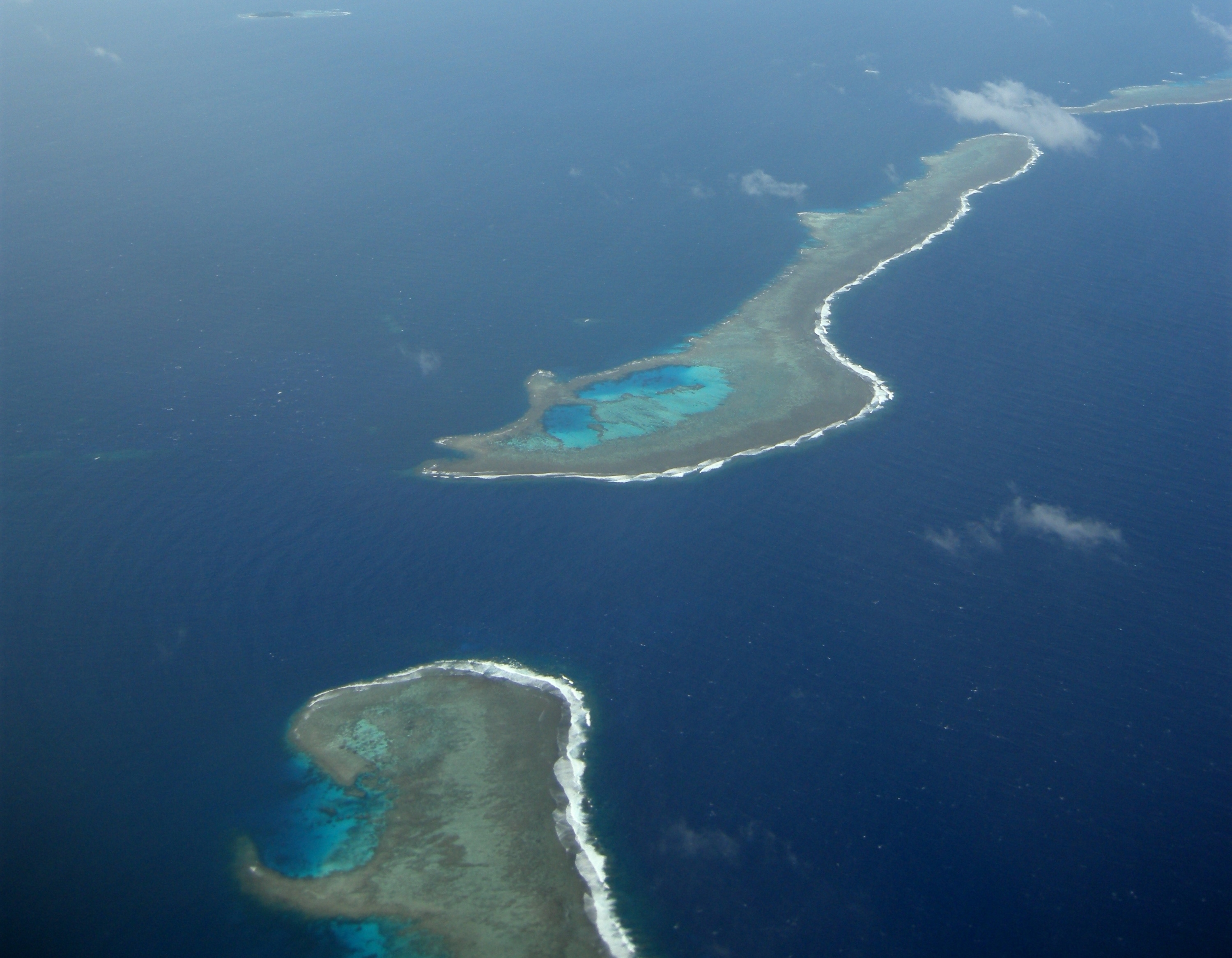
Chuuk Lagoon, formerly known as Truk Lagoon, is a stunning atoll in the Federated States of Micronesia, renowned for its breathtaking underwater scenery and its role as a pivotal battleground during World War II. In February 1944, Operation Hailstone, a massive U.S. naval air and surface attack, targeted the Japanese fleet stationed in the lagoon. Over the course of two days, more than 60 ships and 275 aircraft were sunk, creating one of the largest ship graveyards in the world. Today, Chuuk Lagoon is a vibrant underwater museum, attracting divers from around the globe. The ships and planes resting beneath Chuuk Lagoon are not just relics of war; they are time capsules, preserving a moment in history with astonishing clarity. The warm waters and abundant marine life have transformed these vessels into thriving ecosystems, where coral and fish coexist with the remnants of human conflict. Divers exploring the lagoon can see everything from tanks and trucks to fighter planes and supply ships, all eerily preserved in their final resting places. The lagoon serves as a poignant reminder of the cost of war and the resilience of nature, as life continues to flourish amidst the wreckage.
3. The Ghost Fleet of Mallows Bay
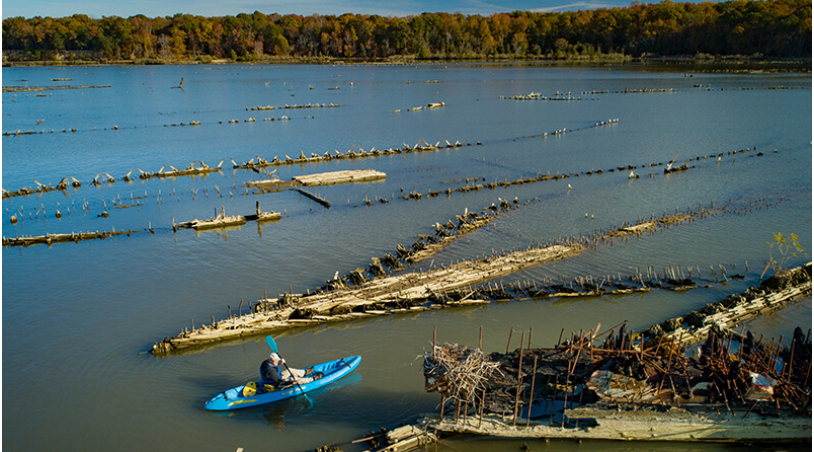
Mallows Bay, located on the Potomac River in Maryland, USA, is home to one of the largest collections of shipwrecks in the Western Hemisphere. Dubbed the "Ghost Fleet," this ship graveyard is the resting place of nearly 230 vessels, primarily wooden steamships built during World War I. The ships were part of a massive shipbuilding effort by the U.S. government to support the war effort, but by the time they were completed, the war had ended, and the ships were rendered obsolete. Today, Mallows Bay is a unique blend of history and nature, with the wrecks providing a habitat for a diverse array of wildlife. The bay has been designated a National Marine Sanctuary, recognizing its ecological and historical significance. Kayakers and boaters can navigate the shallow waters, exploring the partially submerged hulls that rise like specters from the river. Each ship tells a story of ambition and obsolescence, of the industrial might mobilized during wartime and the rapid pace of technological change. Mallows Bay serves as a testament to the ingenuity and waste of war, a place where history and nature intertwine in a haunting yet beautiful landscape.
4. The Sunken Fleet of the Black Sea
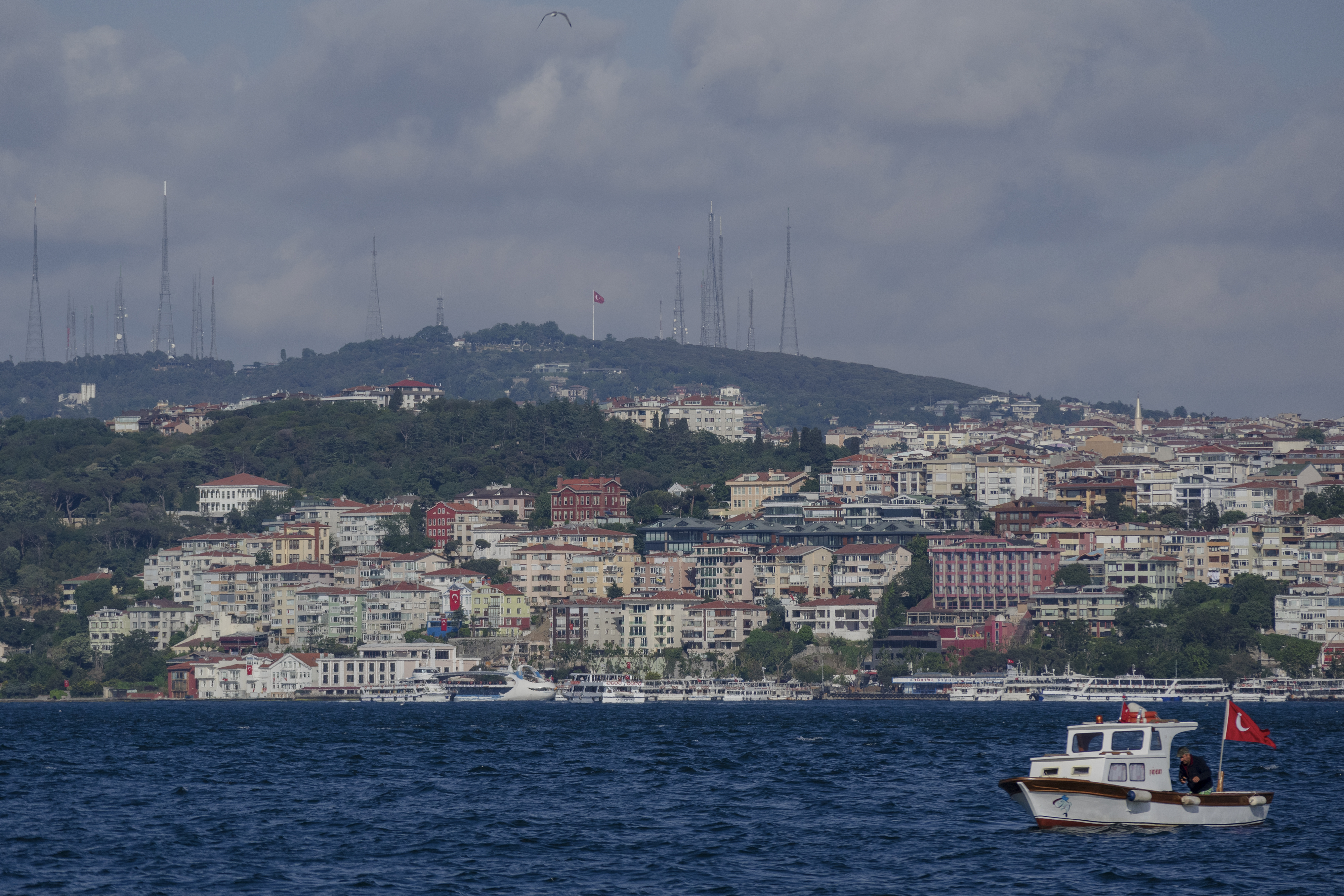
The Black Sea, with its unique anoxic conditions, is a treasure trove for maritime archaeologists. The lack of oxygen in the deeper layers of the sea has preserved ships and artifacts for centuries, offering a rare glimpse into ancient maritime history. Among the most significant discoveries in the Black Sea are the remains of a Byzantine fleet, believed to have sunk during a storm in the 13th century. These ships provide valuable insight into the shipbuilding techniques and trade routes of the Byzantine Empire. The preservation of the ships in the Black Sea is unparalleled, with wooden structures and even organic materials remaining intact. This has allowed researchers to study the construction methods and materials used by ancient shipbuilders, as well as the cargoes they carried. The discovery of amphorae, coins, and other artifacts provides a window into the economic and cultural exchanges that took place across the Black Sea region.
5. The Arctic's Cold Embrace: The Franklin Expedition
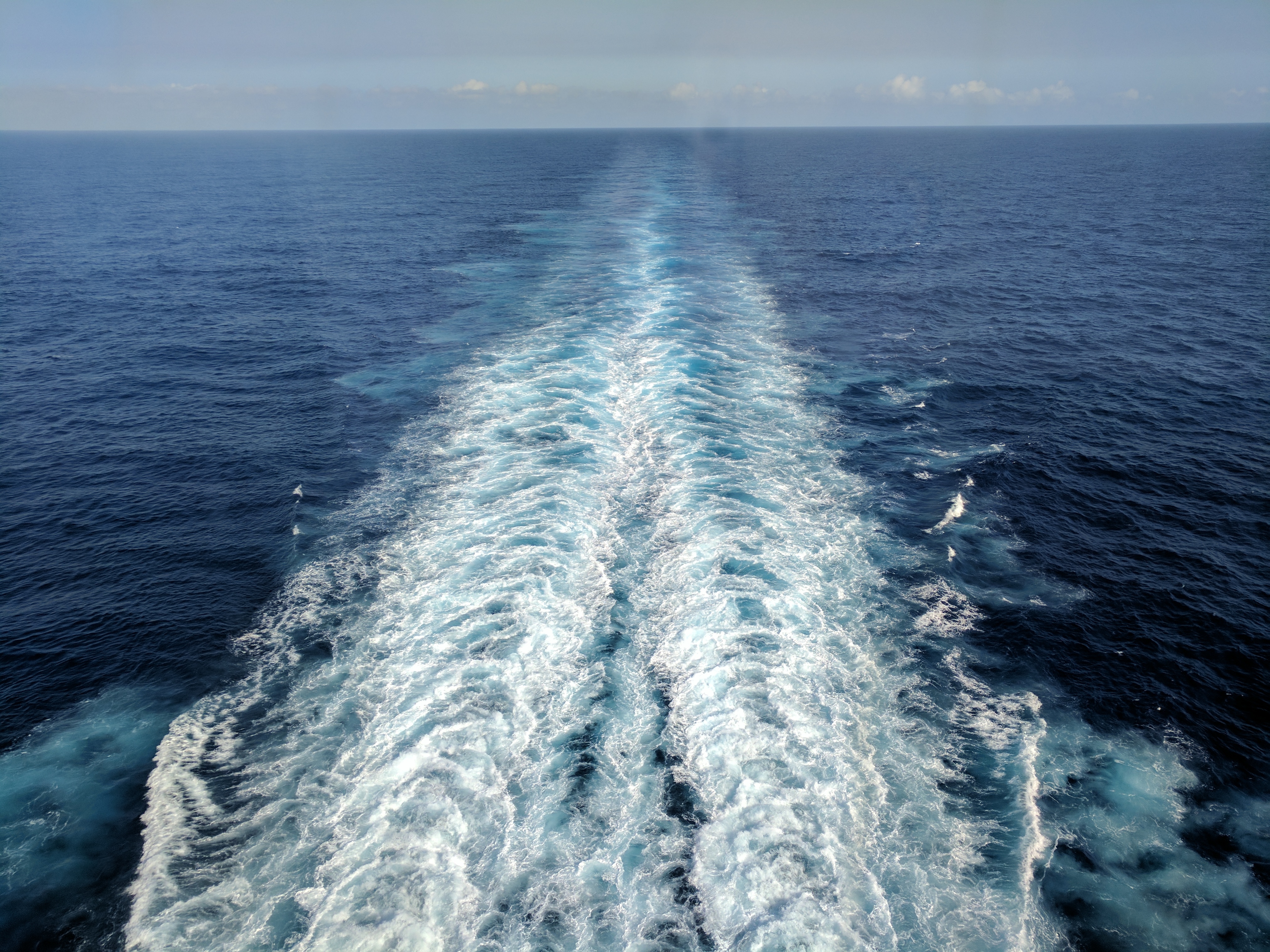
The ill-fated Franklin Expedition of 1845 is one of the most enduring mysteries in maritime history. Led by Sir John Franklin, the expedition set out to chart the Northwest Passage, a fabled sea route connecting the Atlantic and Pacific Oceans. However, the two ships, HMS Erebus and HMS Terror, became trapped in the ice of the Canadian Arctic, and the entire crew perished. For over a century, the fate of the expedition remained unknown, until the discovery of the wrecks in 2014 and 2016, respectively. The discovery of the Franklin ships has provided invaluable insights into the challenges faced by 19th-century explorers in the Arctic. The cold, harsh environment has preserved the ships remarkably well, allowing researchers to examine the living conditions and equipment used by the crew. Artifacts recovered from the wrecks, including personal items and scientific instruments, offer a glimpse into the daily lives of the explorers and the difficulties they encountered. The Franklin Expedition serves as a poignant reminder of the perils of exploration and the relentless pursuit of discovery.
6. The Ironclads of the American Civil War
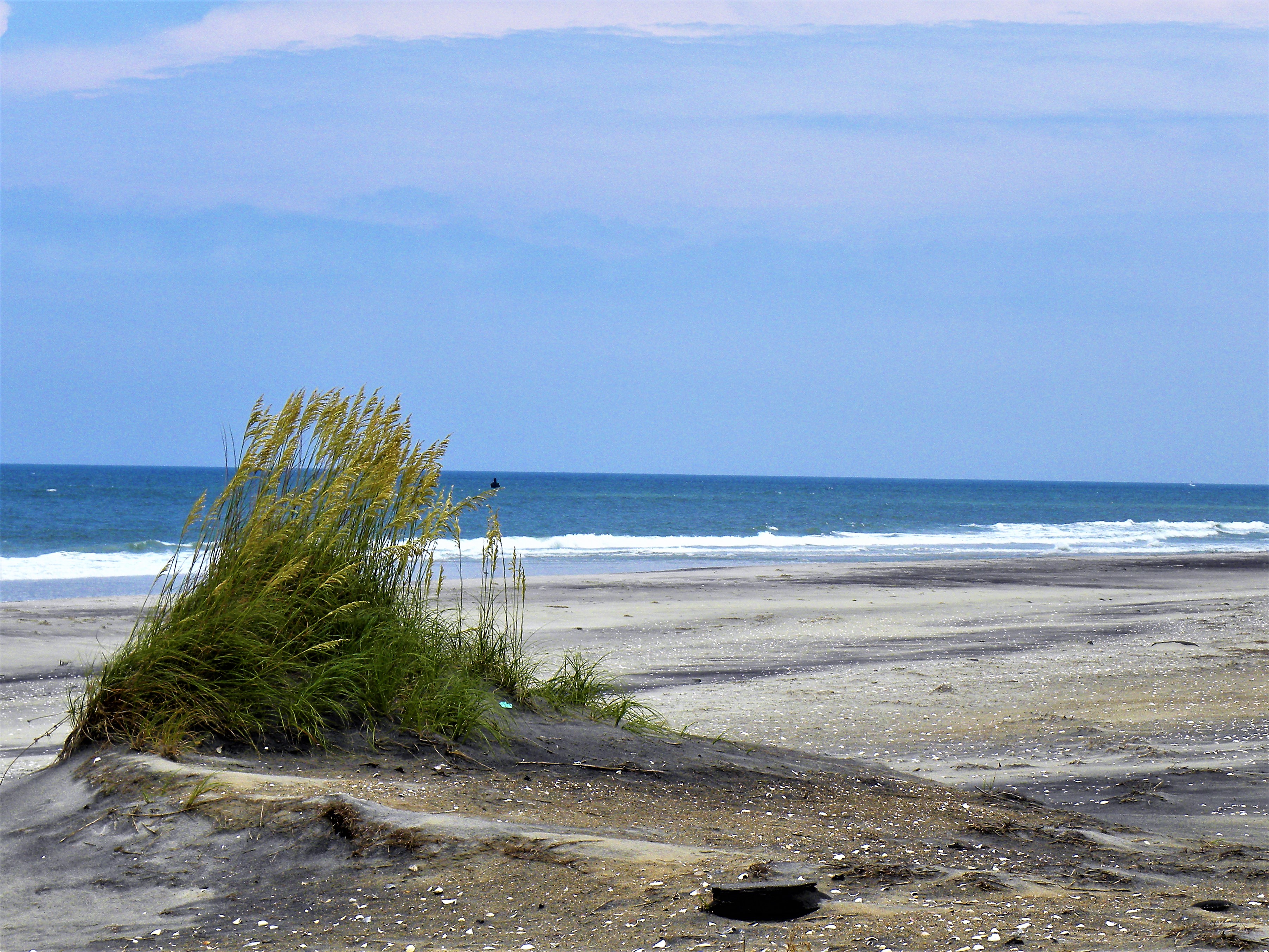
The American Civil War marked a turning point in naval warfare, with the introduction of ironclad ships that changed the face of naval combat. The wrecks of these ironclads, such as the USS Monitor and the CSS Virginia, serve as important historical artifacts, providing insight into the technological advancements and strategic innovations of the time. These ships were revolutionary in their design, with iron armor and steam-powered engines that rendered traditional wooden ships obsolete. The wreck of the USS Monitor, discovered off the coast of North Carolina, is a testament to the ingenuity and resourcefulness of Civil War engineers. The ship's innovative design, including its rotating turret, set the standard for future naval vessels. The CSS Virginia, originally the USS Merrimack, was transformed into an ironclad by the Confederate Navy and played a pivotal role in the Battle of Hampton Roads. The remains of these ships, along with other Civil War-era wrecks, provide a tangible connection to a defining moment in American history.
7. The Mystery of the Baltic Sea Anomaly

In 2011, a team of Swedish treasure hunters discovered a mysterious object on the floor of the Baltic Sea, dubbed the "Baltic Sea Anomaly." The object, resembling a large, disc-shaped structure, has sparked speculation and debate among scientists and enthusiasts alike. While some believe it to be a natural geological formation, others suggest it could be the remains of an ancient ship or even an extraterrestrial artifact. The Baltic Sea Anomaly has captured the imagination of people around the world, drawing comparisons to the legendary lost city of Atlantis and other nautical myths. The unexplained nature of the anomaly has led to a variety of theories, ranging from ancient shipwrecks to secret military experiments. Despite numerous investigations, the true nature of the object remains elusive, adding to its allure and mystery.
8. The Forgotten Fleet of the Great Lakes
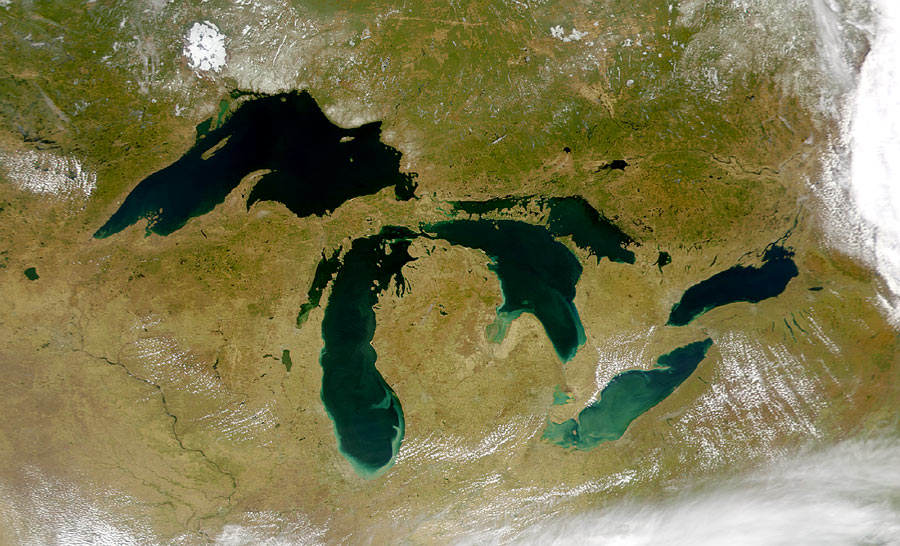
The Great Lakes, a vast network of freshwater seas in North America, have been a vital artery for trade and transportation for centuries. However, the treacherous waters and unpredictable weather have claimed countless ships, creating a graveyard of wrecks beneath the surface. Among these are the forgotten fleets of the Great Lakes, vessels that played a crucial role in the economic development of the region but have since faded into obscurity. The wrecks of the Great Lakes offer a unique glimpse into the maritime history of North America, with ships ranging from wooden schooners to steel freighters. The cold, fresh waters have preserved many of these wrecks in remarkable condition, allowing for detailed study and exploration. Each ship tells a story of commerce and industry, of the people who braved the lakes in pursuit of prosperity.
9. The Lost Ships of the Bermuda Triangle
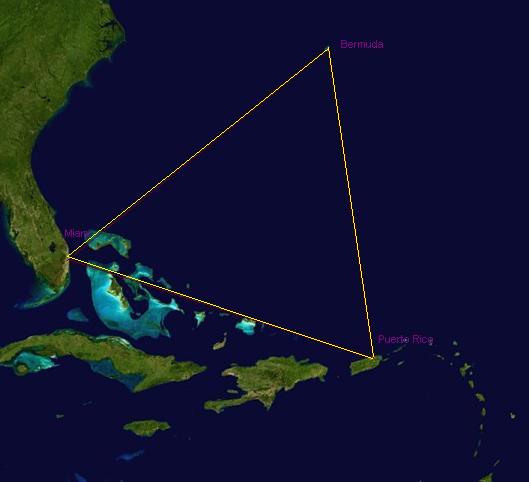
The Bermuda Triangle, a region in the North Atlantic Ocean bounded by Miami, Bermuda, and Puerto Rico, has long been associated with mysterious disappearances of ships and planes. While many of the tales surrounding the Bermuda Triangle are steeped in myth and speculation, the region is indeed home to numerous shipwrecks that have captivated the imagination of explorers and researchers. The lost ships of the Bermuda Triangle include vessels from various eras, each with its own story of tragedy and mystery. From the USS Cyclops, a Navy cargo ship that vanished without a trace in 1918, to the more recent disappearance of the SS El Faro in 2015, the Bermuda Triangle continues to intrigue and mystify. Theories abound as to the causes of these disappearances, ranging from natural phenomena to human error and even extraterrestrial activity.
10. The Sunken Treasures of the Caribbean
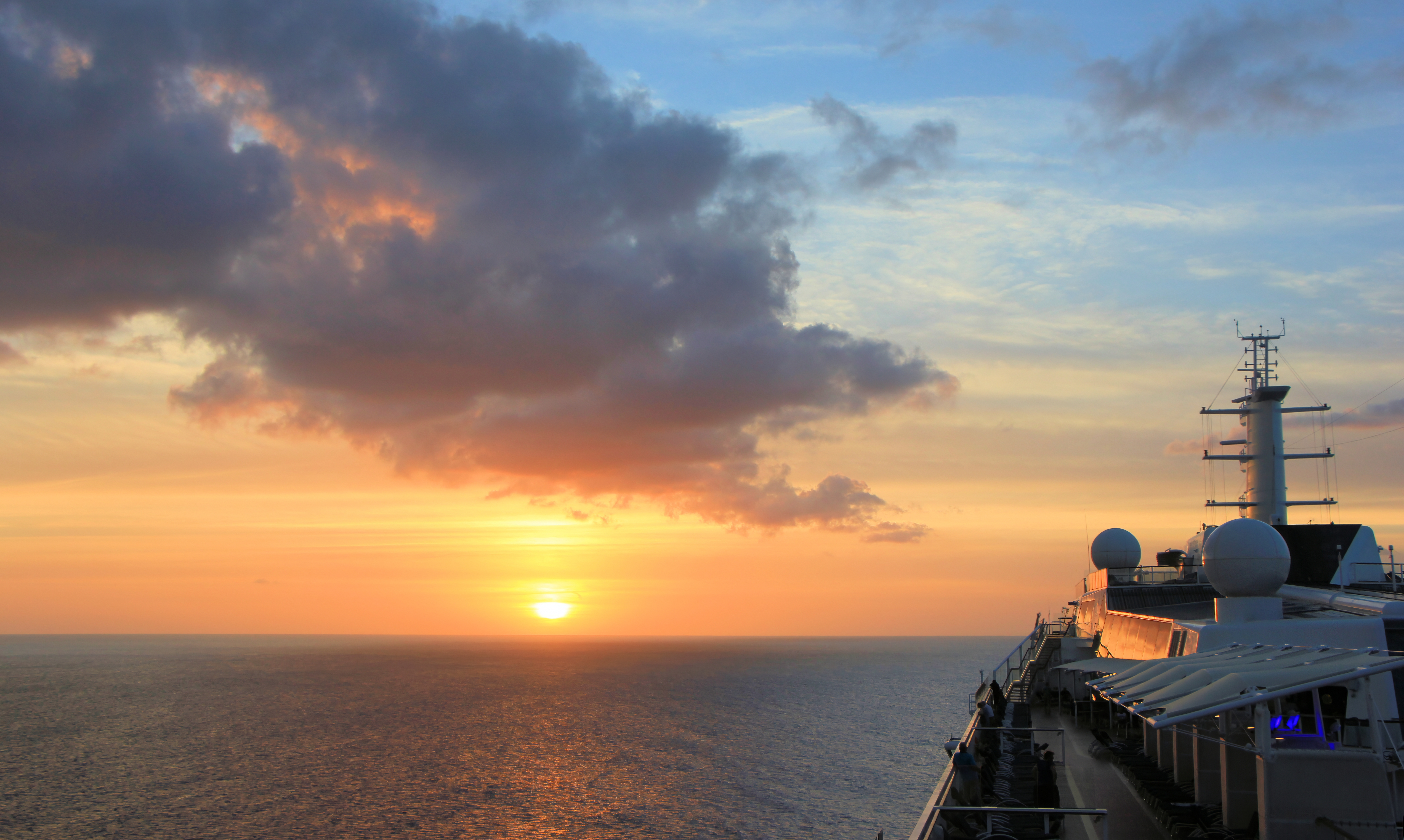
The Caribbean Sea, with its crystal-clear waters and vibrant marine life, is a popular destination for divers and treasure hunters alike. Beneath its surface lies a wealth of shipwrecks, remnants of the region's tumultuous history of exploration, colonization, and piracy. These sunken treasures offer a fascinating glimpse into the past, with ships dating back to the age of exploration and the golden age of piracy. The wrecks of the Caribbean are a testament to the region's rich maritime history, with each ship offering a unique story of adventure and intrigue. From Spanish galleons laden with gold and silver to pirate ships that once terrorized the seas, the Caribbean's shipwrecks are a treasure trove of historical artifacts and legends.
11. The Ghost Ships of Lake Baikal

Lake Baikal, located in Siberia, Russia, is the world's deepest and oldest freshwater lake, known for its unique biodiversity and crystal-clear waters. Beneath its surface lie the ghost ships of Lake Baikal, remnants of a bygone era when the lake served as a vital transportation route for trade and exploration. These sunken vessels offer a fascinating glimpse into the history of the region and the challenges faced by those who navigated its icy waters. The wrecks of Lake Baikal include steamships and wooden vessels that played a crucial role in the economic development of Siberia. The cold, fresh waters have preserved these ships remarkably well, allowing researchers to study their construction and the materials used by shipbuilders of the time. Each wreck tells a story of ambition and adventure, of the people who braved the harsh conditions of Siberia in pursuit of opportunity.
12. The Enigma of the Indian Ocean's Lost Fleets
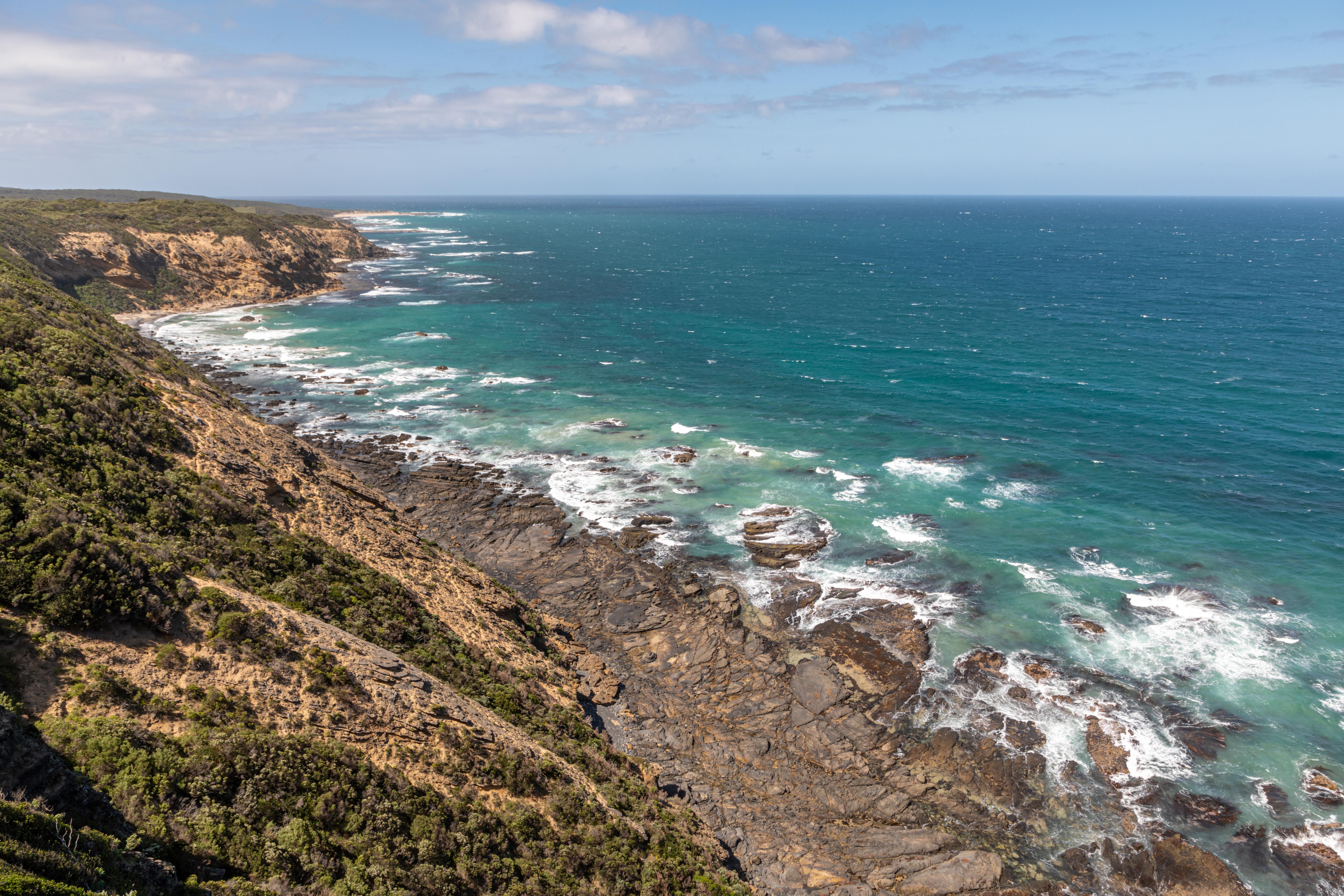
The Indian Ocean, a vast expanse of water connecting Africa, Asia, and Australia, has been a crossroads of trade and exploration for centuries. Beneath its surface lie the lost fleets of the Indian Ocean, remnants of ancient civilizations and maritime empires that once dominated the region. These enigmatic shipwrecks offer a tantalizing glimpse into the past, with each vessel holding secrets of trade routes, cultural exchanges, and technological innovations. The wrecks of the Indian Ocean include ships from various eras and cultures, from ancient Arab dhows to European trading vessels. These ships provide valuable insights into the maritime history of the region, revealing the complexities of trade networks and the cultural interactions that took place across the Indian Ocean.
13. The Abandoned Armada of the Yellow Sea
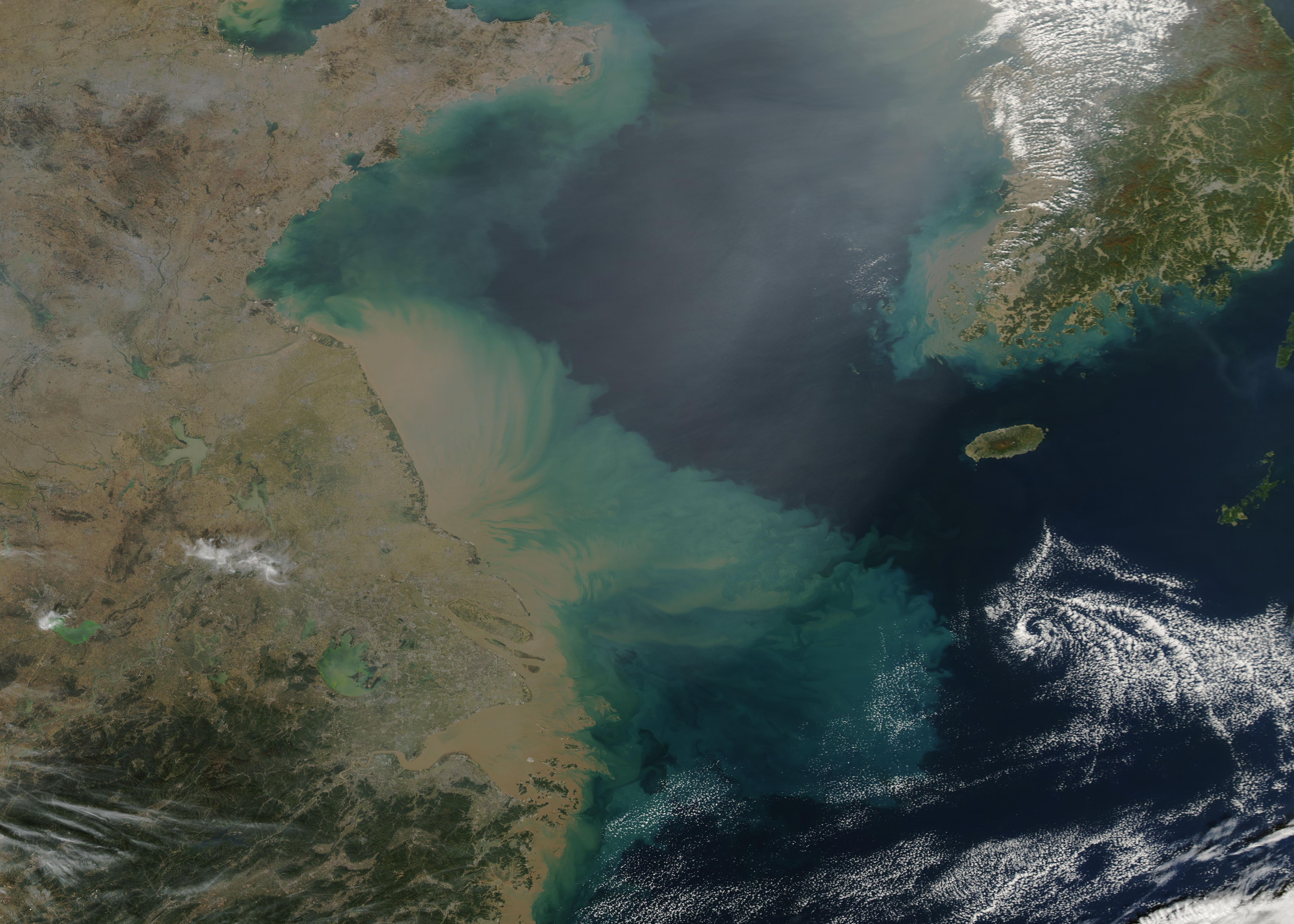
The Yellow Sea, located between China and the Korean Peninsula, has been a strategic and economic hub for centuries. Beneath its murky waters lie the abandoned armada of the Yellow Sea, remnants of naval battles and maritime endeavors that have shaped the history of East Asia. These shipwrecks offer a unique glimpse into the region's maritime history, with each vessel telling a story of conflict and commerce. The wrecks of the Yellow Sea include ships from various periods, from ancient Chinese junks to modern naval vessels. These ships provide valuable insights into the naval strategies and technologies of the time, revealing the complexities of maritime warfare and trade in East Asia.
As we conclude our exploration of the 13 enigmatic ghost fleets resting in ship graveyards worldwide, we are reminded of the enduring allure of the sea and the mysteries it holds. These silent guardians of the deep are more than just relics of the past; they are storytellers, each vessel a chapter in the grand narrative of human history. From the cold waters of the North Atlantic to the warm currents of the South Pacific, each fleet offers a unique glimpse into the past, inviting us to ponder the impermanence of human achievement and the enduring legacy of the sea.








